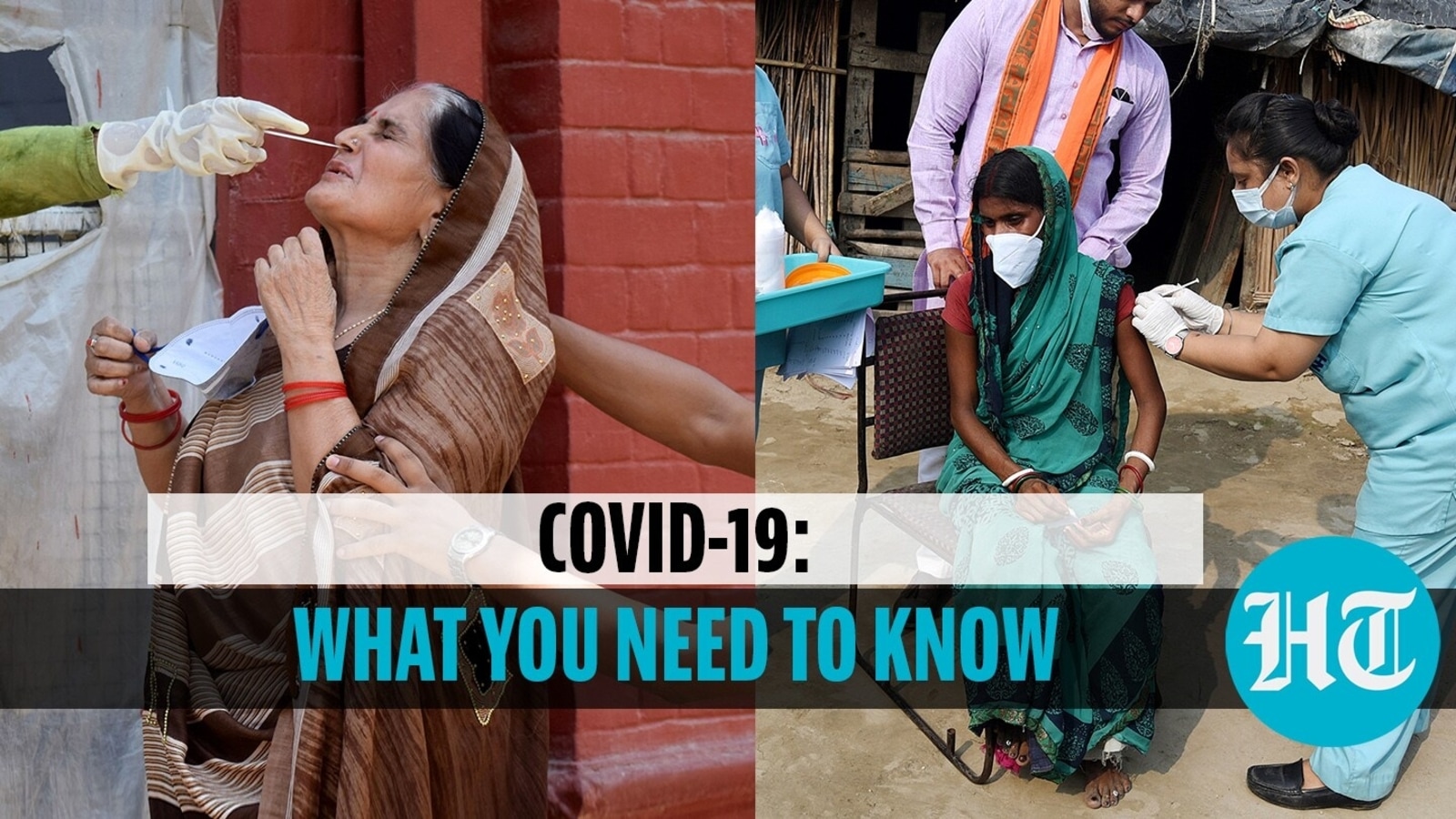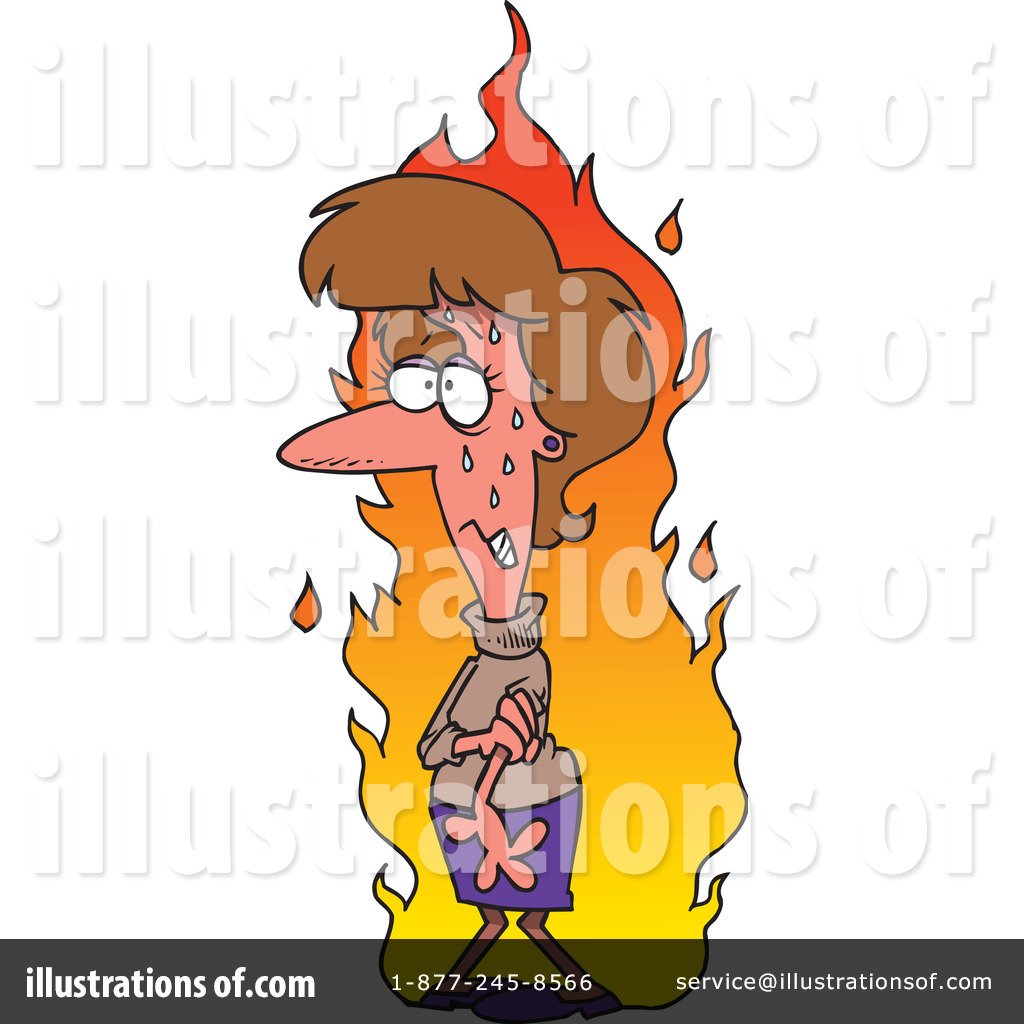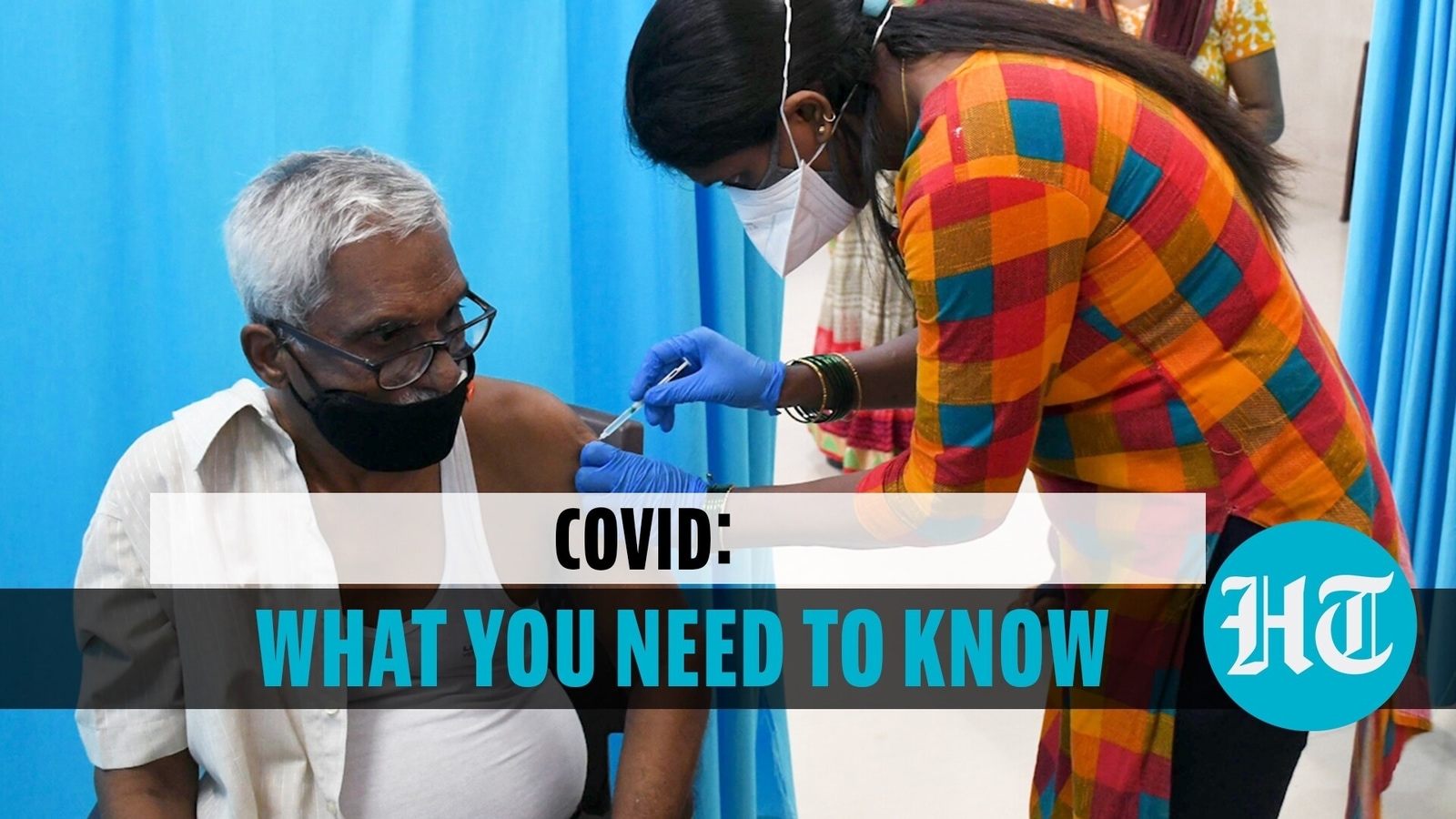
Still, CDC data showed the most common symptoms so far are cough, fatigue, congestion and a runny nose. She noted also that these symptoms may only reflect certain populations. The evidence so far, according to Poehling, is anecdotal and not based on scientific research. But unlike delta, many patients are not losing their taste or smell. Katherine Poehling, an infectious disease specialist and member of the Advisory Committee on Immunization Practices, told NBC News last week that a cough, congestion, runny nose and fatigue appear to be prominent symptoms with the omicron variant. And if you're not feeling well, you should stay home.ĭr. Medical experts say if you think it's a cold or the flu, it's probably COVID.
#COVID HOT FLASHES NO FEVER HOW TO#
With some omicron cases, particularly breakthrough infections in those who are boosted and vaccinated, remaining mild, many are wondering how to tell if it's a cold, the flu or COVID-19. What are the symptoms to watch for after COVID exposure?

Neurologic manifestations of hospitalized patients with coronavirus disease 2019 in Wuhan, China. Loss of smell and taste in 2013 European patients with mild to moderate COVID-19. American Academy of Dermatology Association.


Signs and symptoms of COVID-19 may appear 2 to 14 days after exposure. Research suggests that the most common eye problems linked to COVID-19 are light sensitivity, sore eyes and itchy eyes. Pink eye (conjunctivitis) can be a COVID-19 symptom.

This COVID-19 symptom is linked with a high risk of poor outcomes, including death. Severe confusion (delirium) might be the main or only symptom of COVID-19 in older people. Chilblains develop in response to repeated exposure to cold air.
#COVID HOT FLASHES NO FEVER SKIN#
However, swollen, discolored fingers or toes could also be chilblains, an inflammatory skin condition. The symptoms can last 10 to 14 days or for months. A small amount of pus might develop under the skin. Blisters, itchiness, rough skin, or painful bumps can occur. The hands, wrists or ankles also can be affected. Swelling or discoloration can develop on one or several toes or fingers. The most common skin changes linked with mild to severe COVID-19 include a flat rash covered with small bumps, discolored areas on the fingers and toes (COVID toes), and hives.ĬOVID toes appear to be more common in children and young adults. In some people, however, moderate to severe changes in smell and taste can last 60 days or more. Research suggests that most changes in smell and taste often resolve in 30 days. A new loss of smell or taste - without a stuffy nose - is a common early symptom of COVID-19. Digestive symptoms sometimes develop before a fever and respiratory symptoms. COVID-19 might cause nausea, vomiting or diarrhea - either alone or with other COVID-19 symptoms. But COVID-19 can cause symptoms you may not expect, including:


 0 kommentar(er)
0 kommentar(er)
